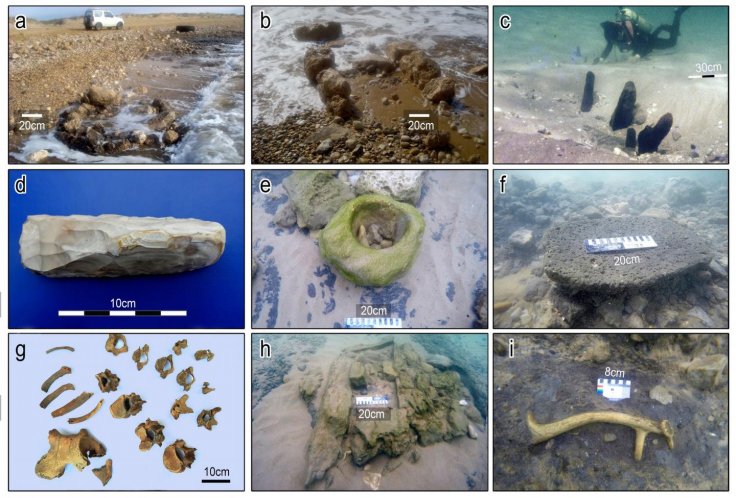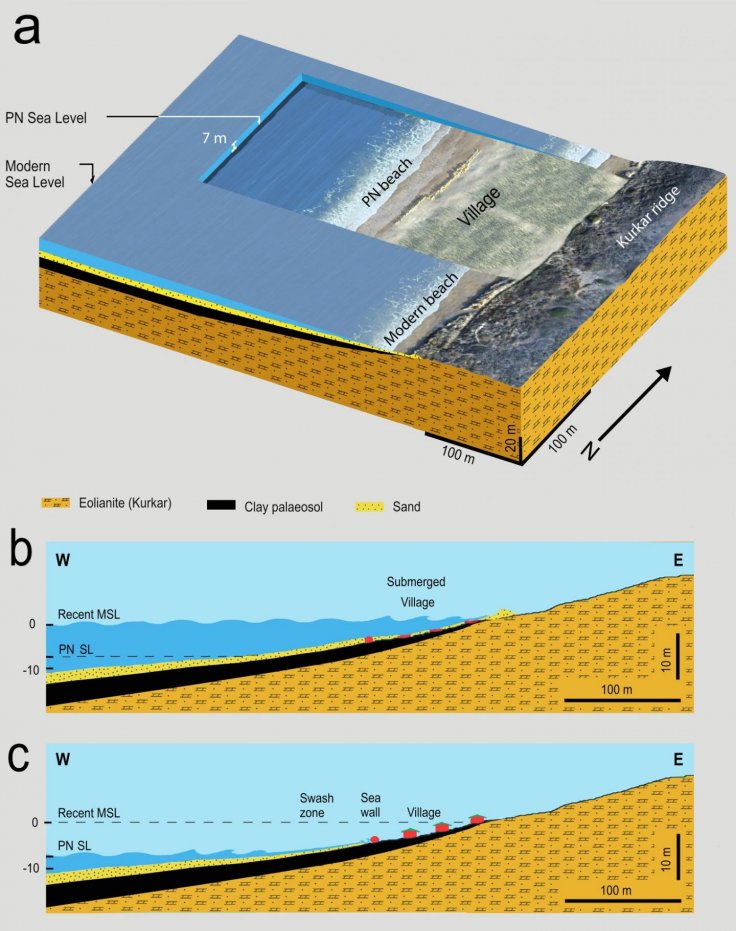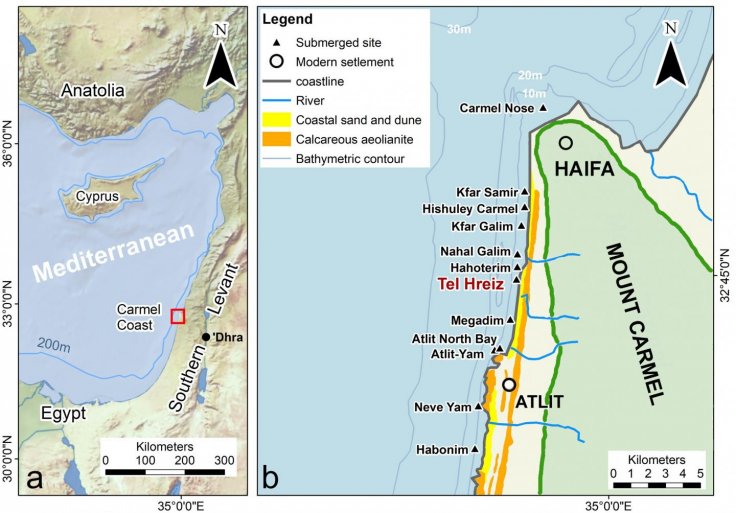
Almost 7,000 years ago, during the Neolithic period, these ancient villagers in Israel had built a seawall on the Carmel Coast to protect their settlement against rising sea levels in the Mediterranean, thought to be the first battle against against rising oceans.
A team of researchers from the University of Haifa, Flinders University in Australia, the Israel Antiquities Authority and the Hebrew University found the oldest known coastal defence system ever uncovered anywhere in the world, that too constructed by ancient settlers about one to 2 kilometers near their village.
100-meter-long ancient seawall
In a study published in PLOS ONE, Ehud Galili from the Zinman Institute of Archaeology, University of Haifa, said that the 100-meter-long seawall proved to be a temporary reprieve and the ancient village was eventually abandoned and inundated, leaving behind the traces of how humanity fought the threats posed by sea level rise, that remains a challenge even to this day.

"During the Neolithic, Mediterranean populations would have experienced a sea-level rise of 4 to 7 mm a year or approximately 12-21cm during a lifetime (up to 70 cm in a 100 years). This rate of sea-level rise means the frequency of destructive storms damaging the village would have risen significantly," says Dr Galili.
Ancient response to sea level rise
Since the accumulating yearly sea-level necessitated action, these people would have responded by constructing the coastal protection wall similar to what we're seeing around the world now, say at the Indonesian sinking capital of Jakarta today. In fact, Tel Hreiz was built at a safe elevation of up to 3 metres above sea level but post glacial sea-level rises of up to 7mm a year, thus threatening their settlements.

The Tel Hreiz settlement was first categorized as a potential archaeological site in the 1960's but the revelations in 2012 have started providing some previously unknown archaeological material as there are no known similarly built structures at any of the other submerged villages in the region. The Tel Hreiz site is a unique example of this "visible evidence for human response to sea-level rise in the Neolithic," says co-author Dr Jonathan Benjamin from Flinders University in Australia.

Moving to the current 21st century, sea level rise is in the range of 1.7 to 3 mm per year, representing a smaller change when compared to the threat experienced by the Neolithic community that built the ancient sea wall. But the challenges remain the same, said the authors of the study.









